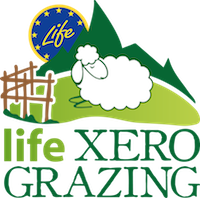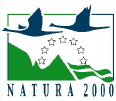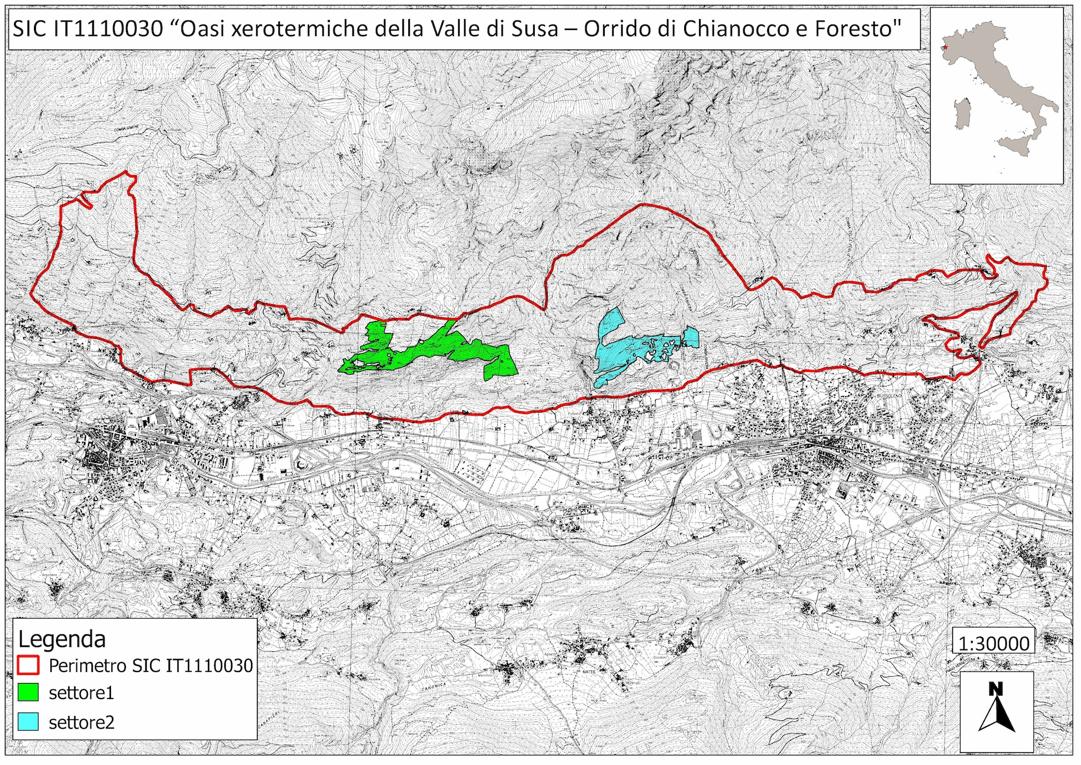- In Eng
- Hits: 4167
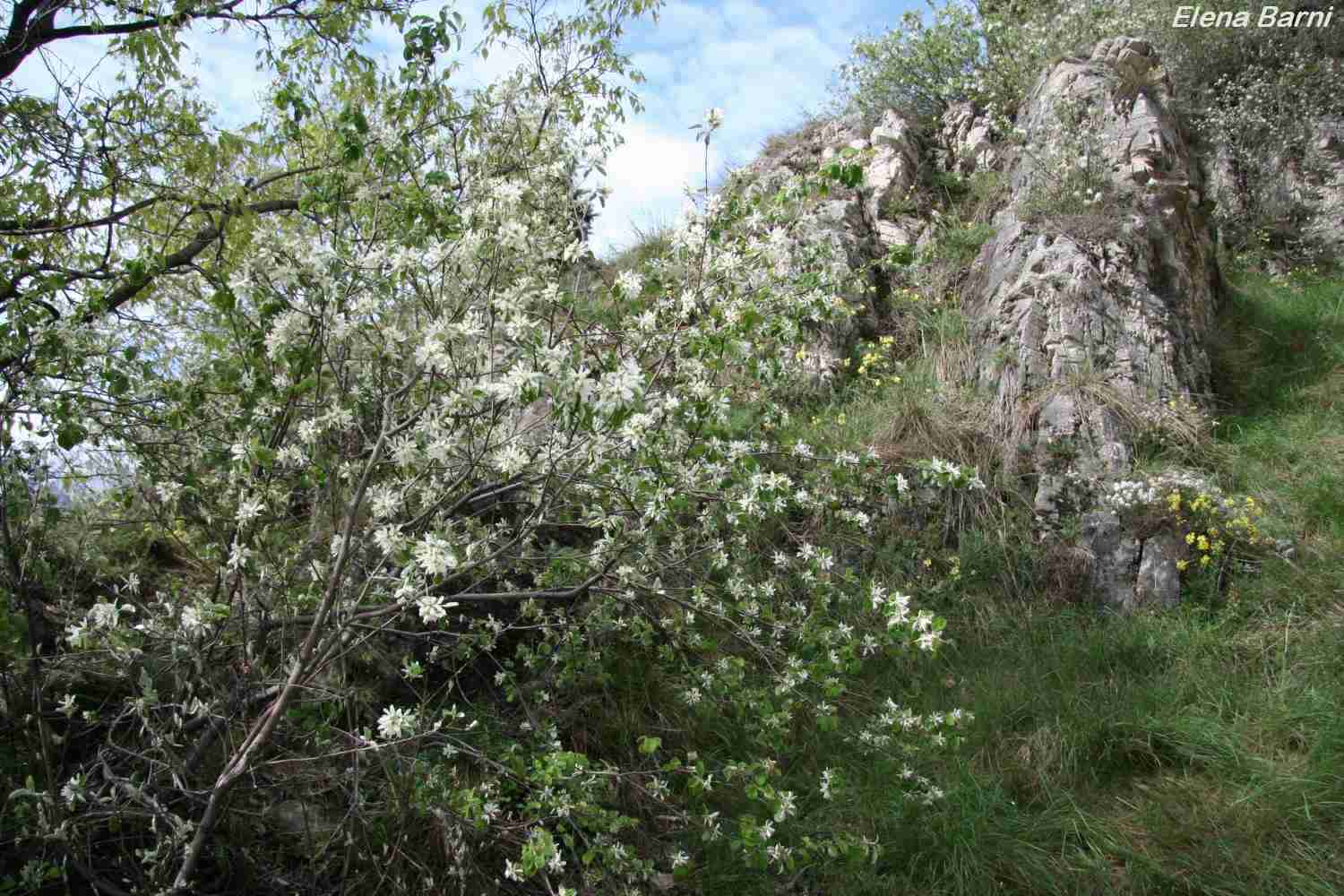 From the point of view of phytosociology, habitat 6210* comprises of xeric formations of the alliance Diplachnion serotinae (Festucetalia valesiacae order), which is probably the most widespread type of vegetation in the area of intervention. Based on previous studies conducted by Braun-Blanquet (1961), these plant communities have been classed in the Heteropogono-Cleistogenetum serotinae association (Contorteto-Diplachnetum Br.-Bl. 1961). These species are present in the areas of intervention with two variants: the Stipa pennatavariant (drier areas), and the Chrysopogon gryllus variant (less dry areas).
From the point of view of phytosociology, habitat 6210* comprises of xeric formations of the alliance Diplachnion serotinae (Festucetalia valesiacae order), which is probably the most widespread type of vegetation in the area of intervention. Based on previous studies conducted by Braun-Blanquet (1961), these plant communities have been classed in the Heteropogono-Cleistogenetum serotinae association (Contorteto-Diplachnetum Br.-Bl. 1961). These species are present in the areas of intervention with two variants: the Stipa pennatavariant (drier areas), and the Chrysopogon gryllus variant (less dry areas).
In many areas as a result of previous crops, there is an abundant presence of Bromus erectus, numerous meso-xeric species which have characteristics of the Mesobromion erecti alliance (Ononis repens, Ranunculus bulbosus, Salvia pratensis) and types of Brometalia erecti (lobularia puntata, Potentilla tabernaemontani, Knautia mollis, Hippocrepis comosa, Ononis natrix, Carex caryophyllea, Koeleria pyramidata, etc.). This might suggest a phytosociological attribution to Mesobromion,which represents a vegetative appearance more typical to habitat 6210*.
- In Eng
- Hits: 4246
T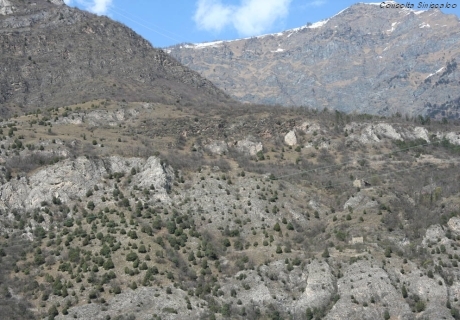 he SCI “Oasi xerotermiche - Orrido di Chianocco e Foresto” is characterized by a high number of rare plant species to which their area of distribution is limited, due to the soil and climatic peculiarities.
he SCI “Oasi xerotermiche - Orrido di Chianocco e Foresto” is characterized by a high number of rare plant species to which their area of distribution is limited, due to the soil and climatic peculiarities.
The actions of this project are aimed at the conservation and restoration of 6210* habitat (Semi-natural dry grasslands and scrubland facies on calcareous substrates, Festuco-Brometalia, * important orchid sites). The habitat in the SCI includes arid and semi-arid grasslands with shrubs and widespread facies, which on the mountainous landscape changes from calcareous to neutral substrates. The habitat is located on shallow soils which are well drained, primitive, poorly developed, rich in calcium and low in organic matter and nutrients - which have developed over time on different calcareous substrates.
The semi-natural grassland of the 6210* habitat is the most important natural habitat in the area. It are characterized by the presence (except for the Piedmont and Alpine territories) of stenomediterrany species (Leuzea conifera, Ononis minutissima e Linum strictum, etc.), steppe species (Achillea tomentosa e Crupina vulgaris, etc.) and endemic species (Ephedra helvetica, Brassica repanda e Campanula bertolae, etc.). There is also a presence of numerous species of orchids (29 orchid species in the SCI, 17 of which are ecologically linked to xeric grasslands).
- In Eng
- Hits: 3730
In this section, documents made gradually during the actions of the project, can be accessed and downloaded.
To download the documents, click on the name.
Action A2- Territorial present management document of the SCI
Action A2- Territorial previous management document of the SCI
Action A5- Plant diversity maps of the intervention areas
Action D1-1 Technical summary of the monitoring reports
Action D3- Technical summary of the monitoring reports
Action E1- Contents of the thematic notice boardsAction E1- GPS tracks of the didactic trails of the LIFE Xero-grazing project and the trail of junipers to discover the peculiarities of the Riserva Naturale Speciale dell’Orrido di Foresto.
Action E2- Workshop presentations
Action E2- Final conference events
Action E3- Brochure in italian
Action E3- Brochure in english
- In Eng
- Hits: 3173
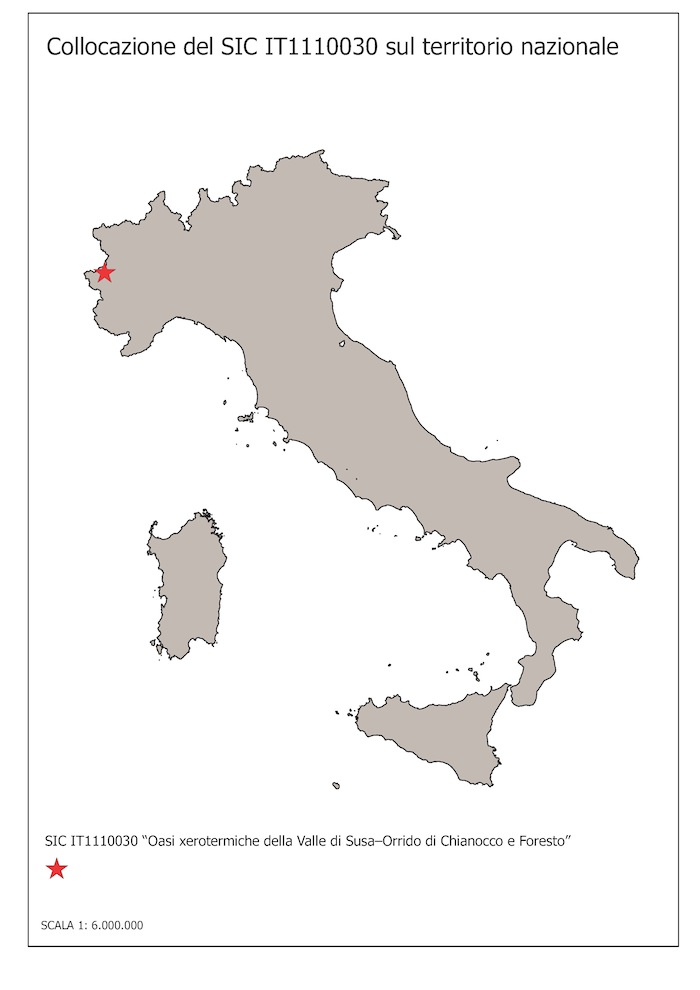 The project region is primarily a pastoral area, representative of the SCI IT1110030 "Oasi xerotermiche della Valle di Susa-Orrido di Chianocco e Foresto". It covers an area of 1250 ha - on the left bank of the central sector of the bassa Valle di Susa, which also includes parts of the municipalities: Bussoleno (49%), Mompantero (35%), Chianocco (9%) and Susa (7%). 80% of the surface area of the SCI is private property and 20% public property. Within the SCI, there are two natural reserves: L’Orrido di Chianocco and L’Orrido di Foresto.
The project region is primarily a pastoral area, representative of the SCI IT1110030 "Oasi xerotermiche della Valle di Susa-Orrido di Chianocco e Foresto". It covers an area of 1250 ha - on the left bank of the central sector of the bassa Valle di Susa, which also includes parts of the municipalities: Bussoleno (49%), Mompantero (35%), Chianocco (9%) and Susa (7%). 80% of the surface area of the SCI is private property and 20% public property. Within the SCI, there are two natural reserves: L’Orrido di Chianocco and L’Orrido di Foresto.
An extraordinary feature of this area in the Western Alps is the combination of mainly calcareous substrates in conjunction with an arid and windy climate, justifying the name 'Oasi xerotermiche'. These natural features have helped motivate the establishment of firstly, Nature Reserves and secondly, the SCI then has allowed the conservation of arid grasslands and much of stenomediterrany and steppe species that fall outside their "traditional" area. The endalpic climate is characterized by low rainfall, frequent wind and temperatures that rarely drop below 0 ° C. These conditions, have created a ideal hábitat for such ecological diversity to thrive.
In the area within SCI IT1110030, of the reported 8 habitats in the 92/43/CEE Directive (5130, 6110*, 6210*, 7220*, 8210, 9150, 9180*, 9260), 4 habitats are recognized as priority for conservation (*).
The semi-natural grassland of the 6210* habitat is the most important natural habitat in the area. It is characterized by the presence (except for the Piedmont and Alpine territories) of stenomediterrany species (Leuzea conifera, Ononis minutissima e Linum strictum, etc.), steppe species (Achillea tomentosa e Crupina vulgaris, etc.) and endemic species (Ephedra helvetica, Brassica repanda e Campanula bertolae, etc.). There is also a presence of numerous species of orchids (29 orchid species in the SCI, 17 of which are ecologically linked to xeric grasslands).
From a zoological point of view, in the SCI there are some species protected by the Habitats Directive and some species of birds listed in the Birds Directive. The biology of these species is closely linked to the presence of xeric grasslands. Among these protected species are: orthopterous Saga pedo, Lepidoptera (Callimorpha quadripunctaria, Parnassius apollo, Maculinea arion, Coenonympha oedippus) and birds (Anthus campestris, Tawny Pipit ; Aquila chrysaetos, Golden Eagle; Bubo bubo, Eurasian Eagle-Owl; Falco peregrinus, Peregrine Falcon; Lullula arborea, Woodlark ; Alectoris greca saxatilis, Rock Partridge; Circaetus gallicus, Short-toed Snake Eagle; Emberiza hortulana, Ortolan Bunting; Lanius collurio, Red-backed Shrike; Pernis apivorus, European Honey Buzzard).
